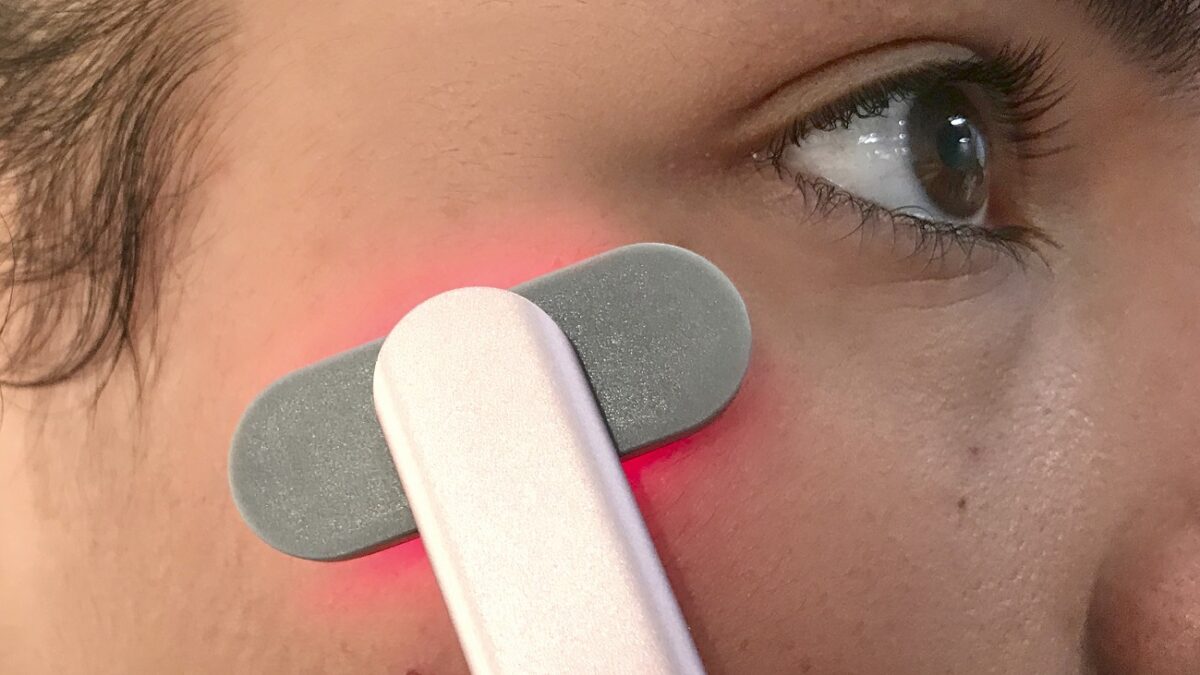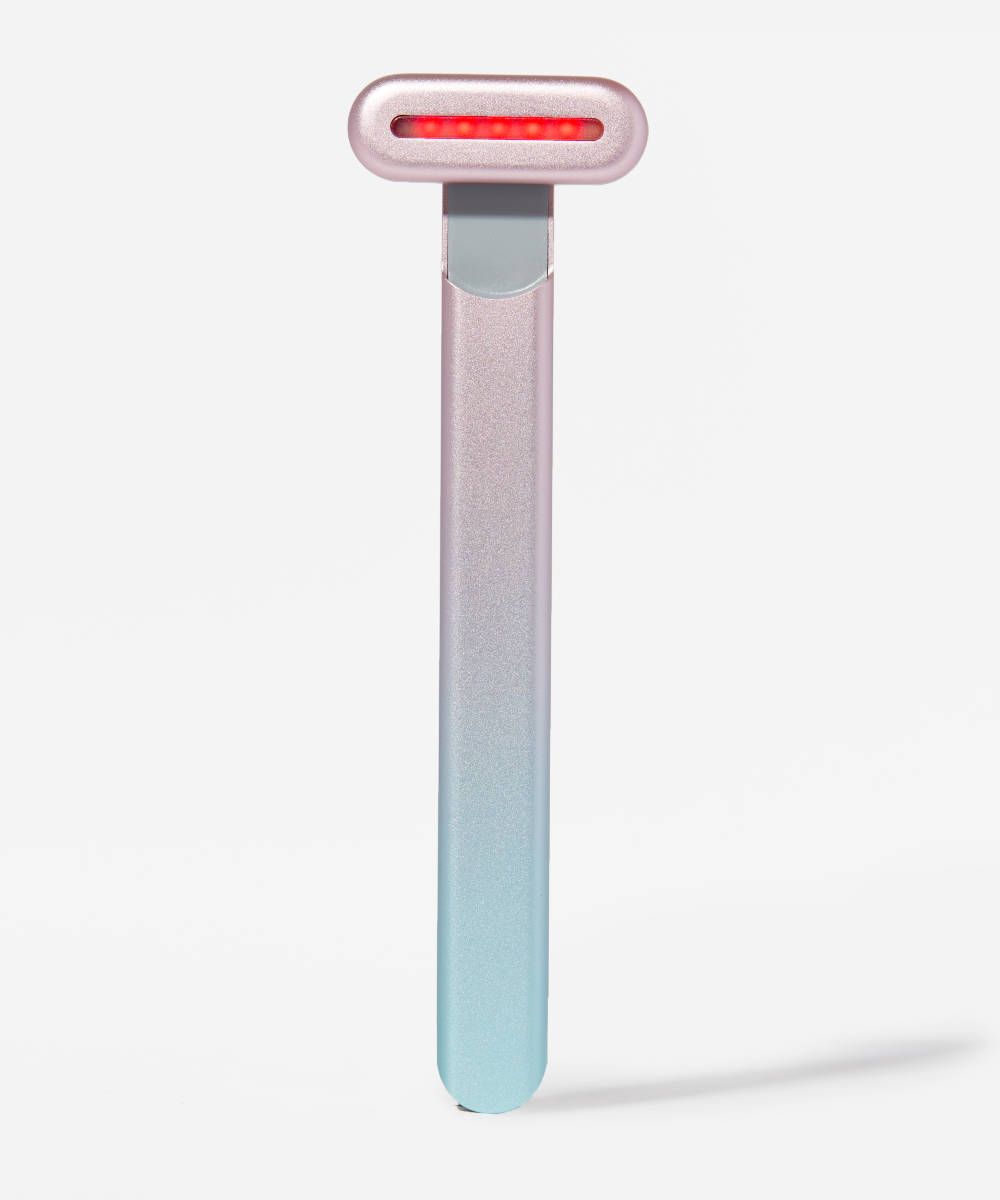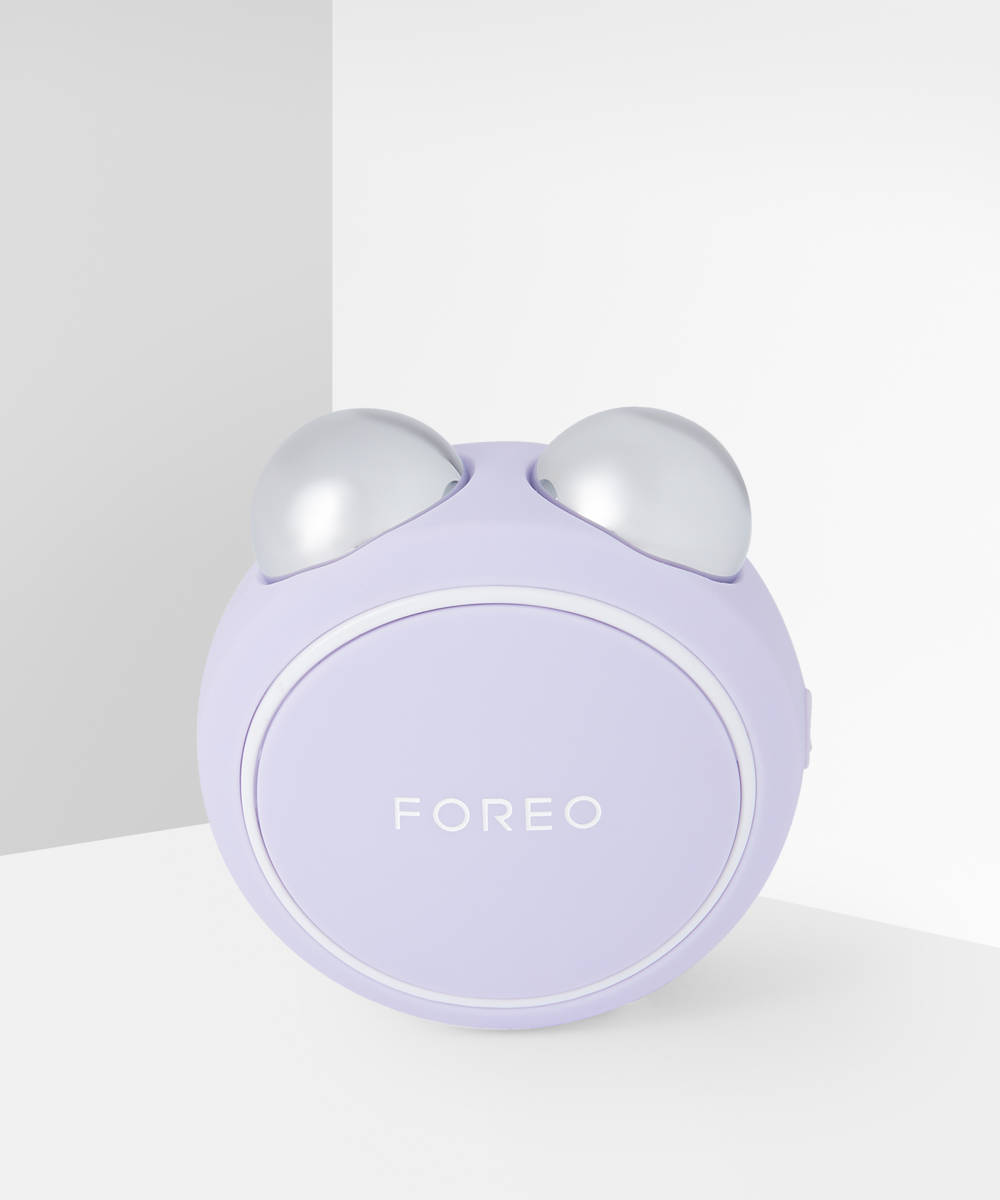Hey Grace,
I’ve noticed a lot of people using microcurrent skincare devices on TikTok and I’d love to know more about how they work and if you think they’re worth buying?
Fee
When it comes to microcurrent there is a lot to unpack! Below I’ve broken the subject down by some of the most frequently asked questions about this treatment, which hopefully helps it to make sense.
What is microcurrent?
Microcurrent is a very low voltage of electrical current which is similar to the body’s natural electrical currents. The benefits of microcurrent for the face were first discovered in the 1980s when they were used to treat patients with Bell’s Palsy (a condition which leads to sagging facial muscles). The impact was so impressive that it didn’t take long for the skincare industry to catch on and introduce microcurrent into professional facials. In recent years, a number of beauty brands have released their own portable microcurrent devices which are suitable to be used at home by non-professionals.
What are the benefits of microcurrent?
The benefits of microcurrent in skincare include reducing the appearance of lines and wrinkles, improving the appearance of skin and muscle tone, increasing the effects of circulation, and stimulating lymphatic drainage. Combined, this results in an overall lifted, sculpted, and healthy appearance of the skin.
How does microcurrent work in skincare?
Microcurrent stimulates the production of ATP (adenosine triphosphate) which is essentially the fuel for our cells. ATP is essential for cells to function, and the more ATP created, the bigger the cell’s energy supply. Among other things, ATP is involved in muscle contraction as well as in the creation of collagen and elastin. By stimulating muscle contraction, microcurrent has a similar effect to the way exercise energises our bodies, so over time, the muscles become stronger and firmer which contributes to the appearance of a lifted and sculpted face. This process also affects the circulatory and lymphatic systems, which increases blood flow (gives skin a glowing appearance) and reduces excess fluid (to reduce puffiness). Elastin and collagen are what keeps our skin plump and tight, but our body’s production of it slows down as we age, leading to signs of aging like loose skin and fine lines. By stimulating elastin and collagen production, it’s possible to improve skin’s firmness and elasticity.
How do you use microcurrent devices?
Each device will have its own instructions and recommendations for use, but most work on a similar principle. You apply your conductive product to the area you wish to treat, then switch the device on and slowly move it across your skin. Apply a light pressure and move in upwards and outwards directions from the centre of your face. Target areas where you wish to tone facial muscle or reduce the appearance of fine lines, loose skin, or wrinkles. The impact will vary depending on the device, but as a general rule you’ll need to use the device at least two to three times a week for six to eight weeks to see results.
What products can I use with a microcurrent device?
I recently wrote an article rounding up some of the products I myself use with my microcurrent devices. Essentially, as long as the product is water-based and oil-free, it can be used, and the more water in it the better – so look for ‘aqua’ at the top of the ingredients list. This is becuse water conducts electricity, whereas oil blocks it. I personally find that products with thicker textures, such as moisturisers and masks, work best as they sit on the skin and don’t absorb too quickly – so you don’t have to keep reapplying them.
What’s the difference between an at-home and an in-salon microcurrent treatment?
The devices used in salons tend to have a higher strength of current and more wavelengths which means you may see results sooner. However, the benefit of an at-home device is that you can use it whenever and wherever you like. In-salon treatments can be expensive and as the success of microcurrent depends on being able to use it consistently and frequently, many people prefer to pay the one-off cost for the device to be able to use it a few times a week, rather than booking in a series of appointments.
Does microcurrent hurt?
Microcurrent isn’t painful and at-home devices tend to have a slightly lower charge than the devices an esthetician might use on you during an in-salon treatment. You may occasionally experience a slightly uncomfortable tingling sensation, but usually this is a sign that you need to apply more of your conductive product to your skin.
Try these...
If you have a question for our resident beauty editor and esthetician Grace Day, tweet us at @beautybay using the hashtag #AskGrace for a chance to be featured.



